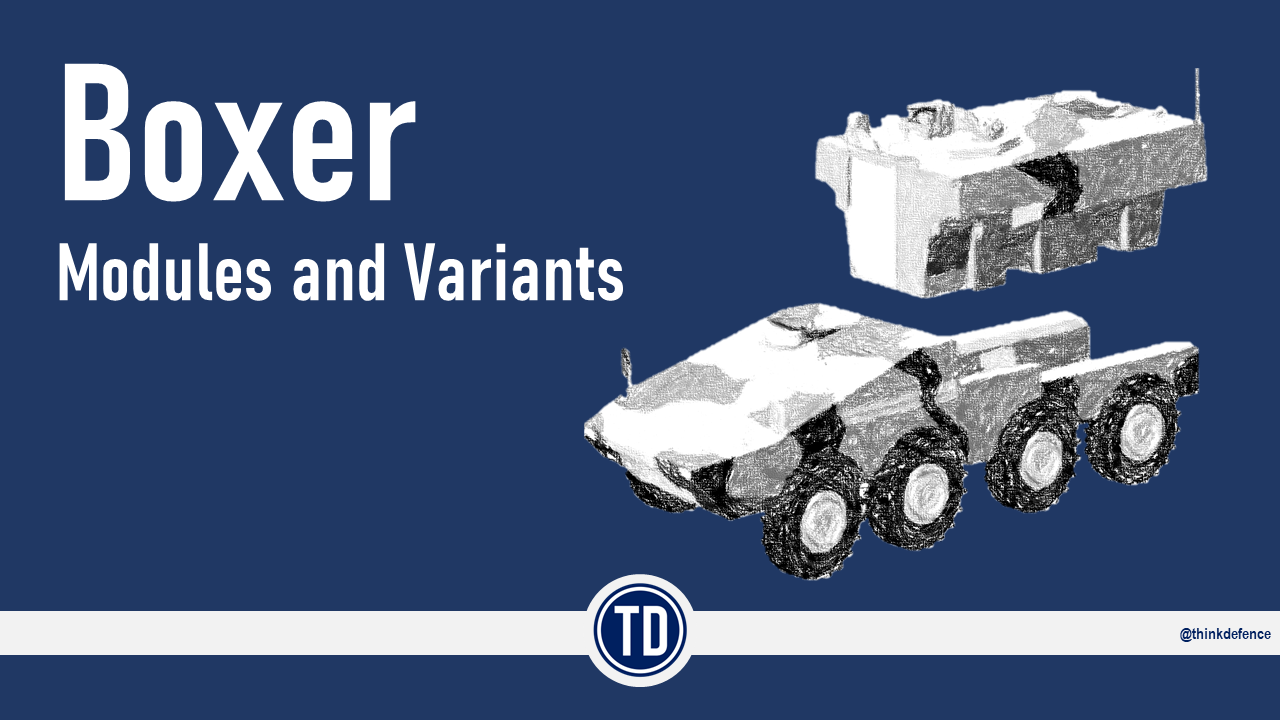We aren't talking about Canada's tanks anymore, but hey.
For the Canadian Armed Forces, doctrine is the set of underlying principles that guide our actions. Doctrine is rather broad at higher levels, and tends to get tighter as it gets to lower levels. If we are discussing the Canadian Army's primary armoured fighting vehicles, I am not sure how the Leopard 2 or LAV 6 somehow exist outside of our written (or unwritten underlying) doctrine?
As a former Canadian Army Command and Staff College instructor (Directing Staff), the goal of the Army Operations Course is to develop the ability of seasoned Captains to plan operations at the battle group and brigade level. They use the formal estimate at the battle group level and the Operational Planning Process at the brigade/formation level. There is an order of battle that is used to develop those skills. The battle group when I taught there was fleshed-out, but it had three rifle companies with LAV 6, a tank squadron with Leopard 2s, an artillery battery with M777, an engineer squadron, a combat support company and a combat service support company. I think the only real deviation from existing field BGs on an MR would have been that the staff college LAV companies had ALAWS in them and the combat support company had TOW. ALAWS was an actual program, and ,lo and behold, we are getting something through UOR. So I am not seeing the big problem? The brigade level tutorial has a fleshed out CMBG. For the purposes of teaching you could substitute allied battlegroups and capabilities (which is done for the higher-level enablers), but having a CMBG allows the students to explore Canadian doctrine and organizations.
I thought it made sense to teach students with a fulsome tool-kit. They are learning to consider factors and make deductions. The process is the important part at that stage. At their units on exercise and operations as Ops Os etc they then use the planning process to consider the tools that they have at hand. When assigning tasks to sub-units on an MR, the Ops O would have to consider their weapons just like they did on AOC.
I think with collective training it is more important to have the training match the actual organization. Which is certainly done in field training - CAXs can have some variations.
Back to tanks, we have world-class ones. It would great to have more, but there it is. As for the next tank? Who knows. I am an amateur in google trawling, but I am not seeing a paradigmatic breakthrough in tank technology. APS will likely shift to dealing with FPV drones, and I think they will have more success against those than some other threats. I think many other changes we are seeing in future tank concepts are changes for their own sake with no real bump in combat capability - like the failed Future Combat Systems program of two decades ago. But I am naturally skeptic.
As for training and equipment, I would have liked to have seen ALAWs finalized in 2015 but dismounted TOW was put into the eFP and there were allied capabilities. The CA is working on some formation-level capabilities. Nothing is ever perfect and the bag only holds five pounds, but I am not seeing any real training shortfalls for our forces.

www.thinkdefence.co.uk



